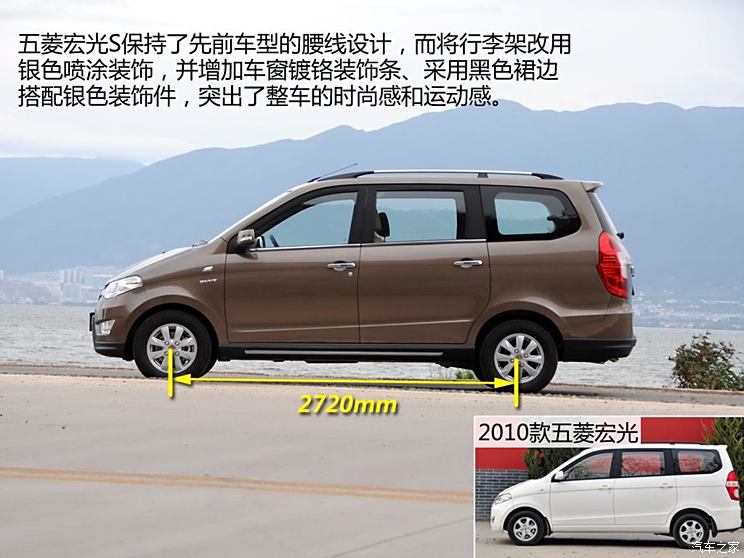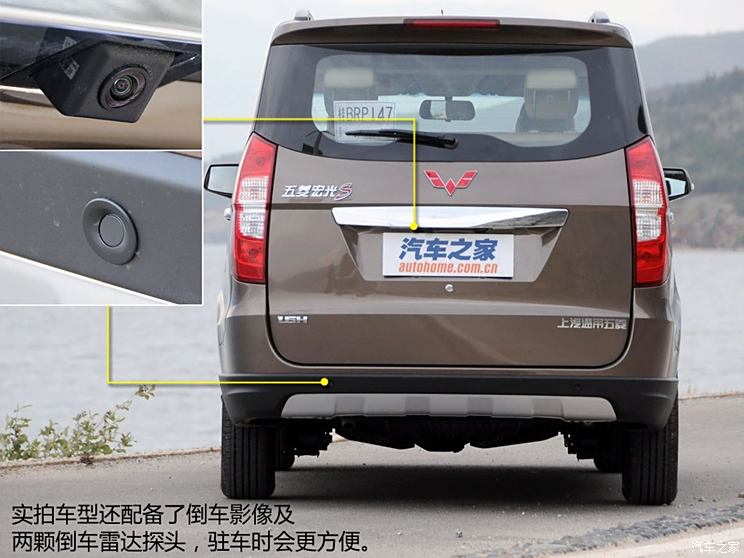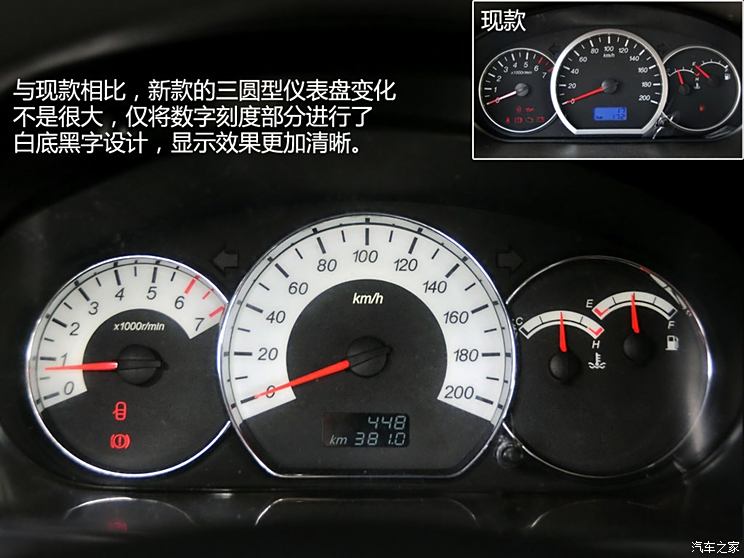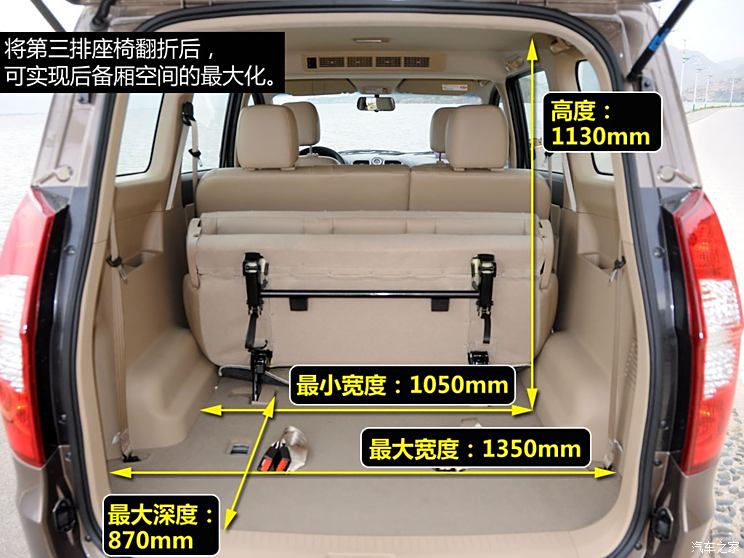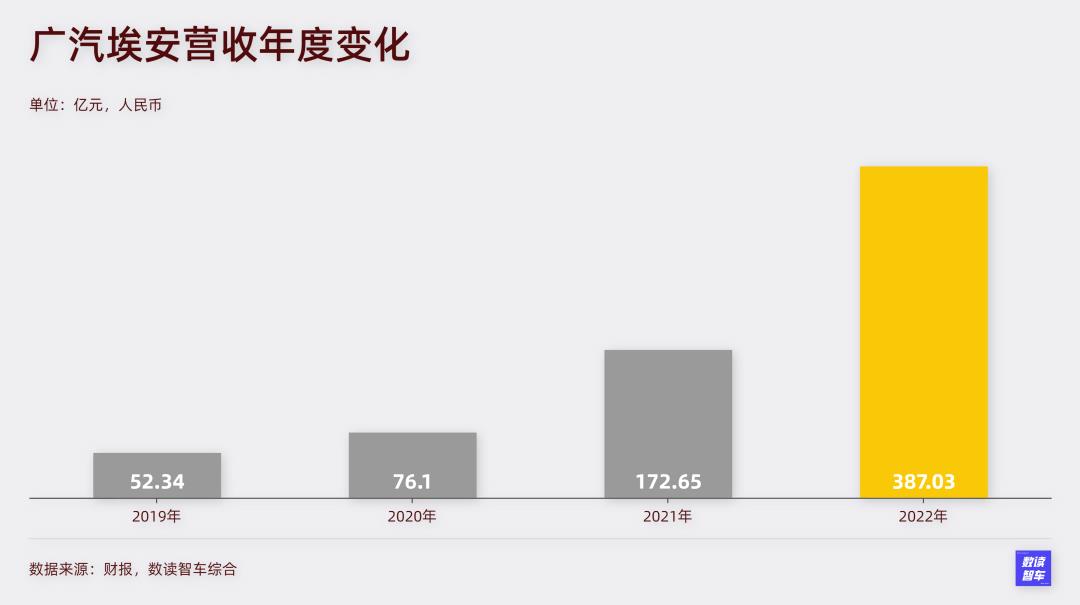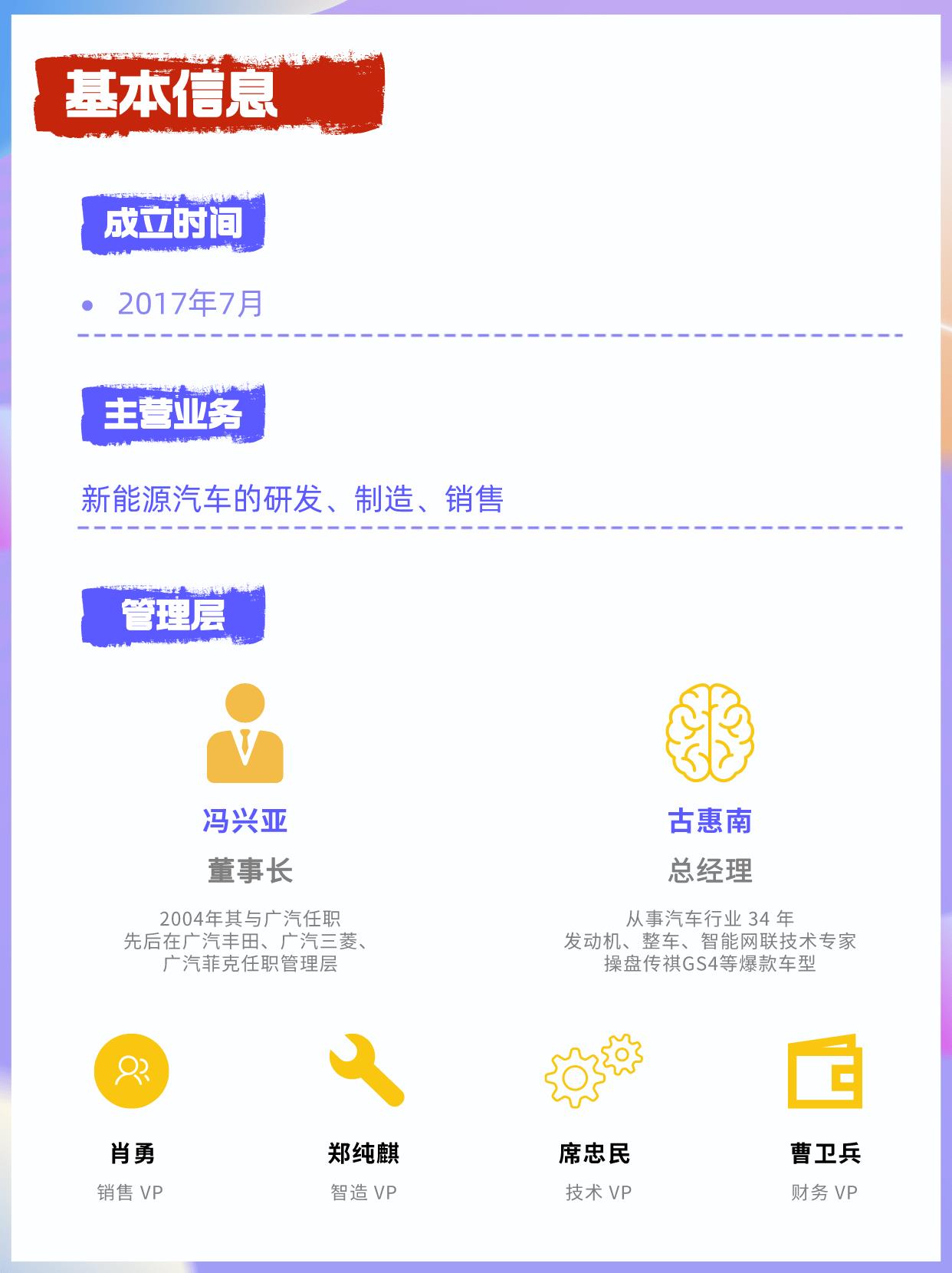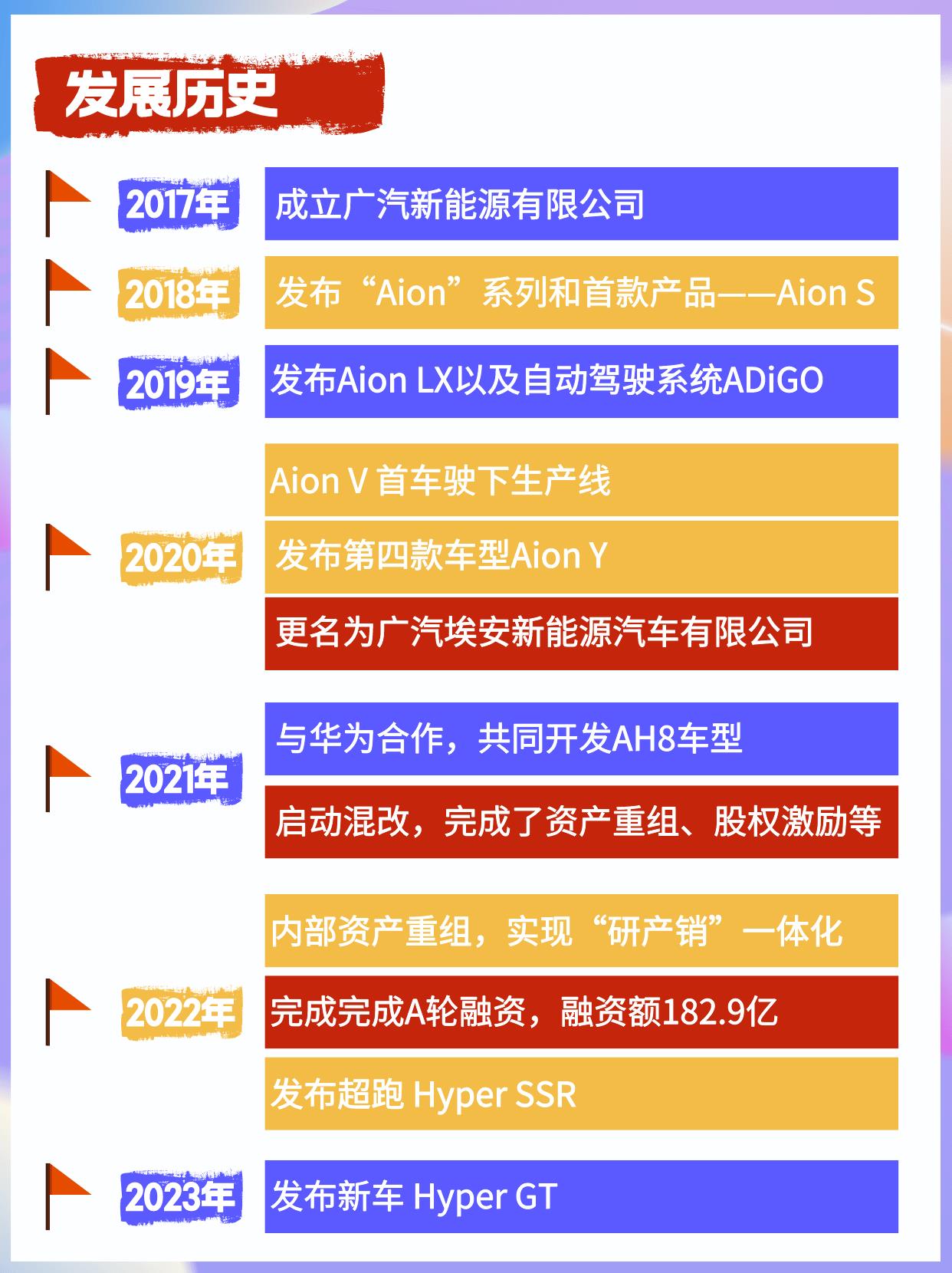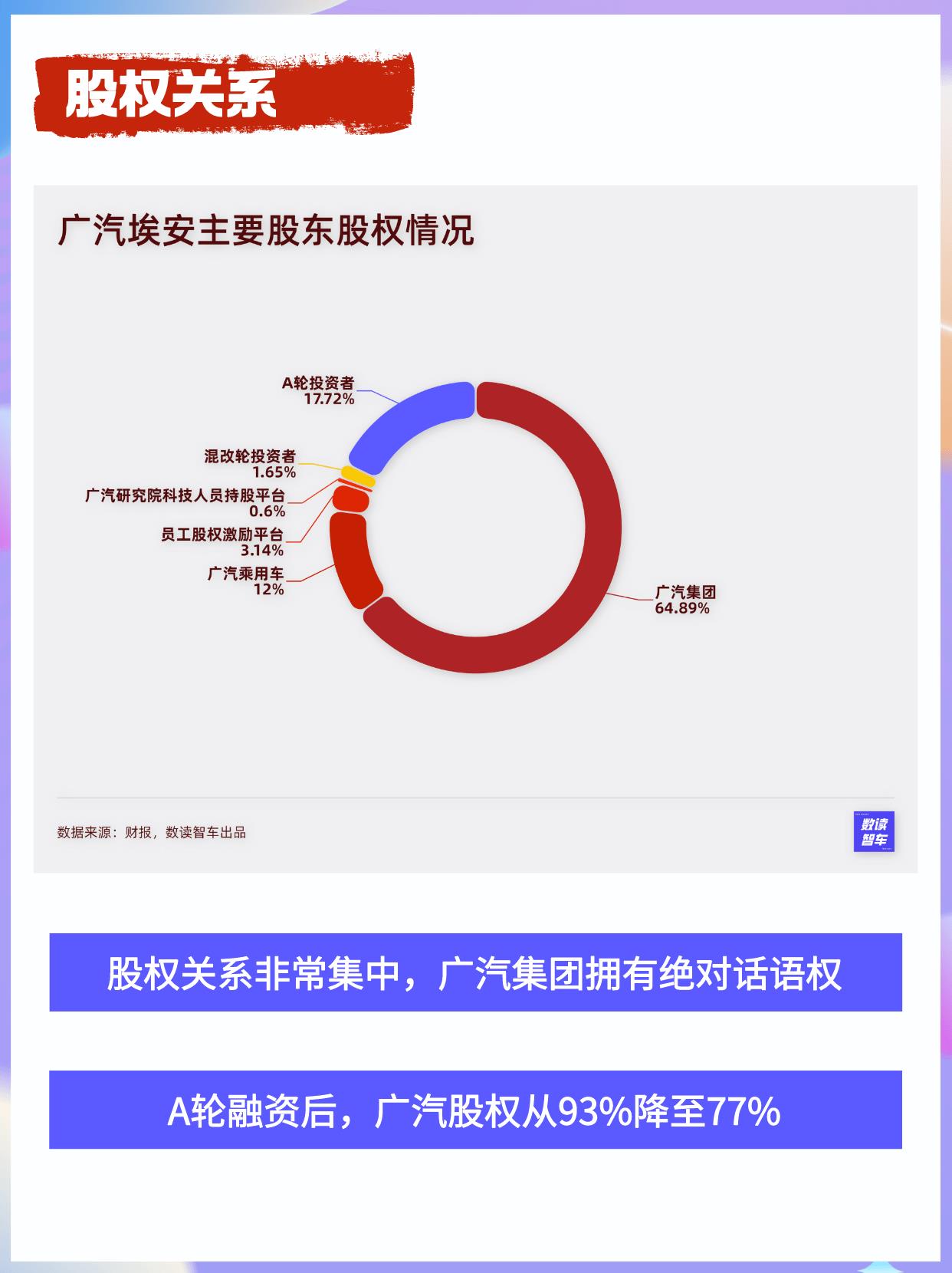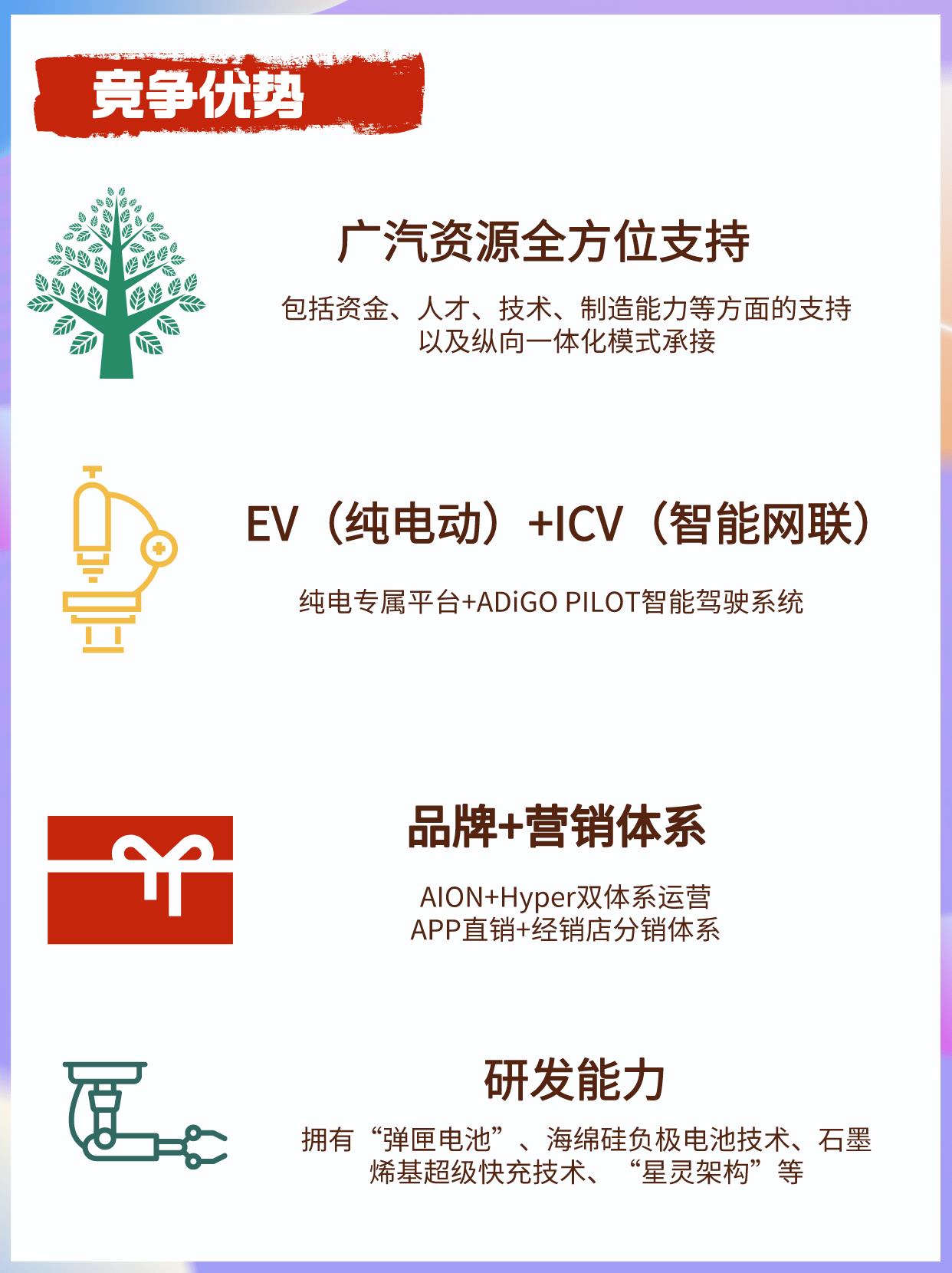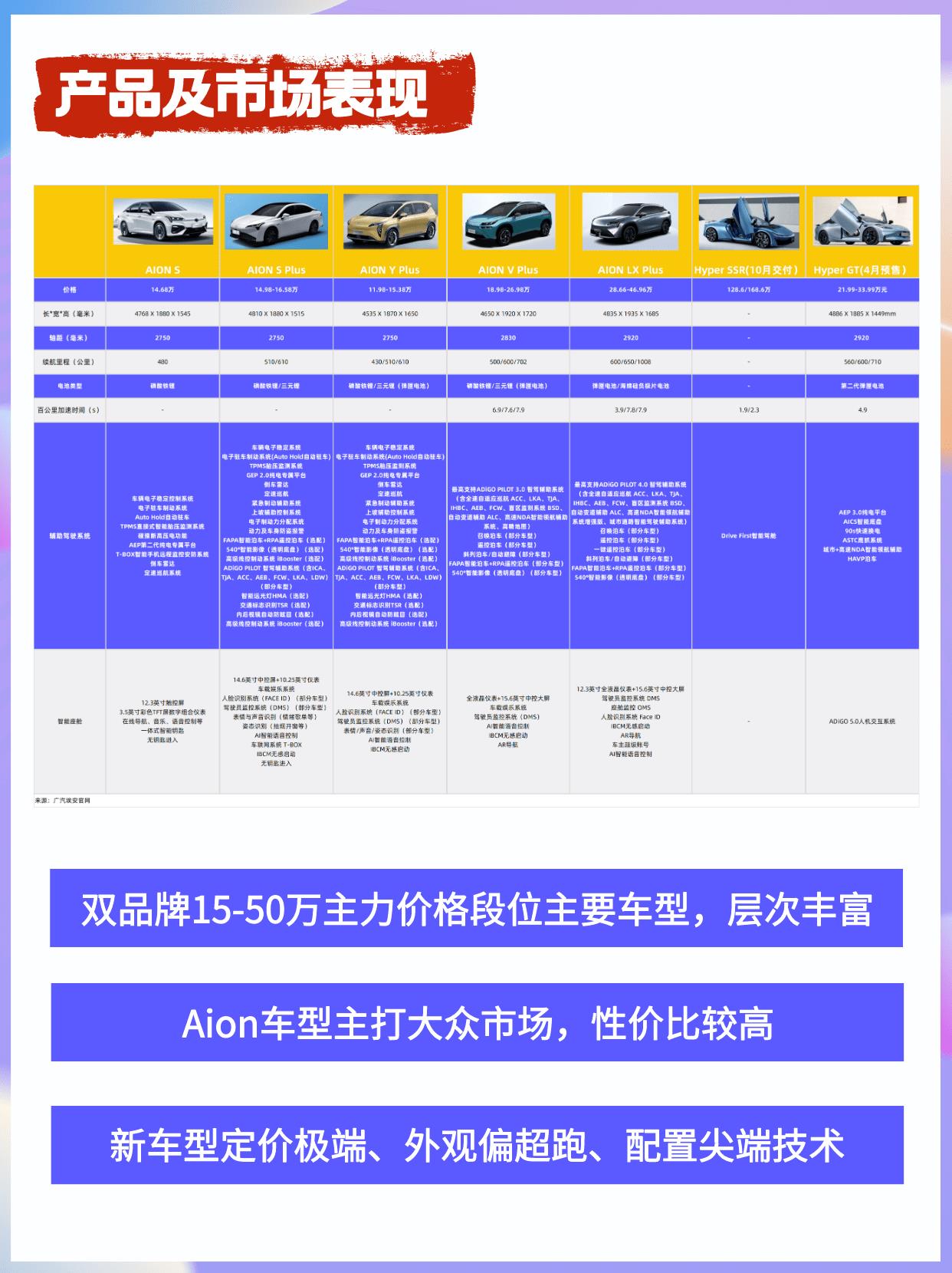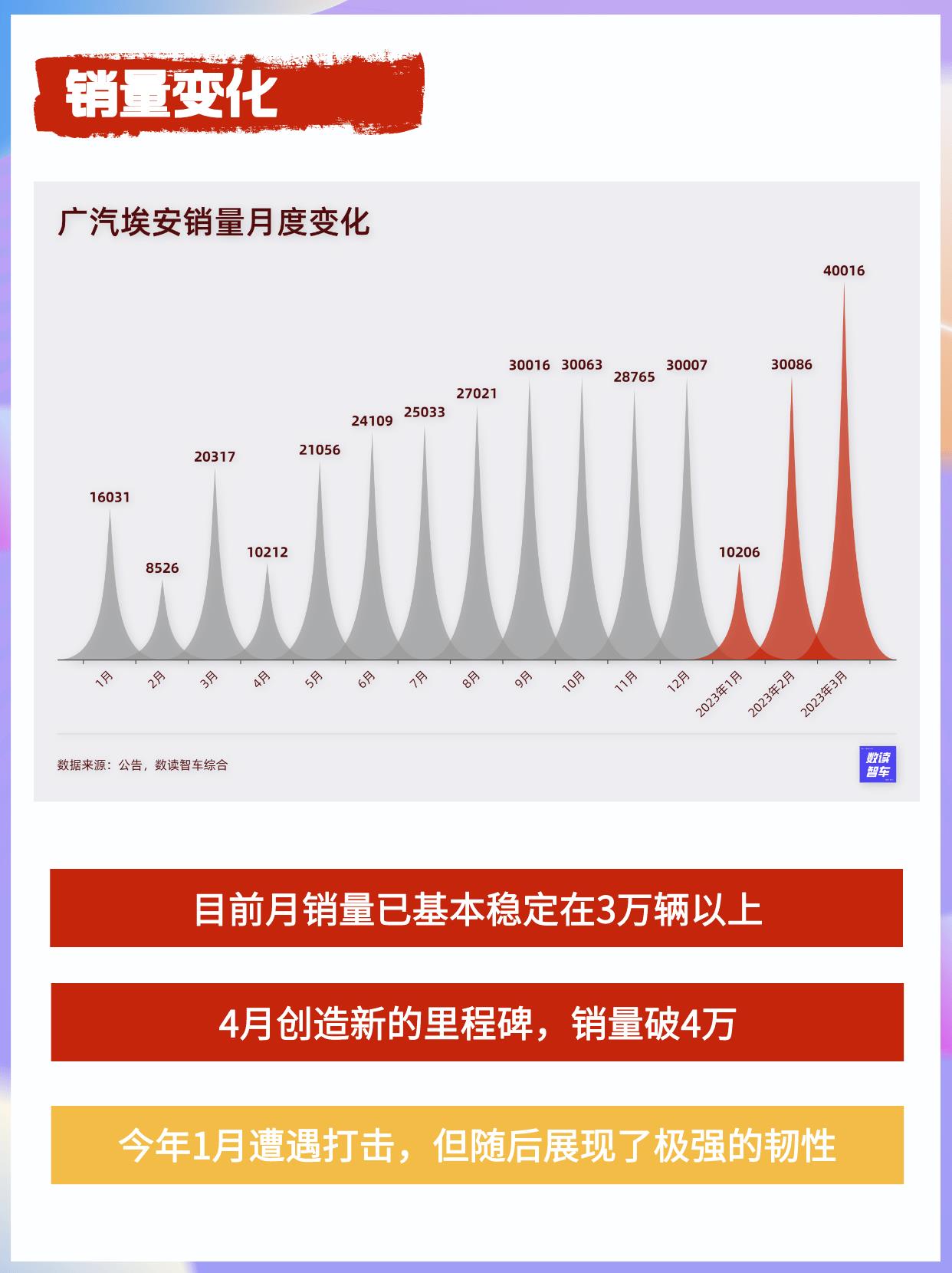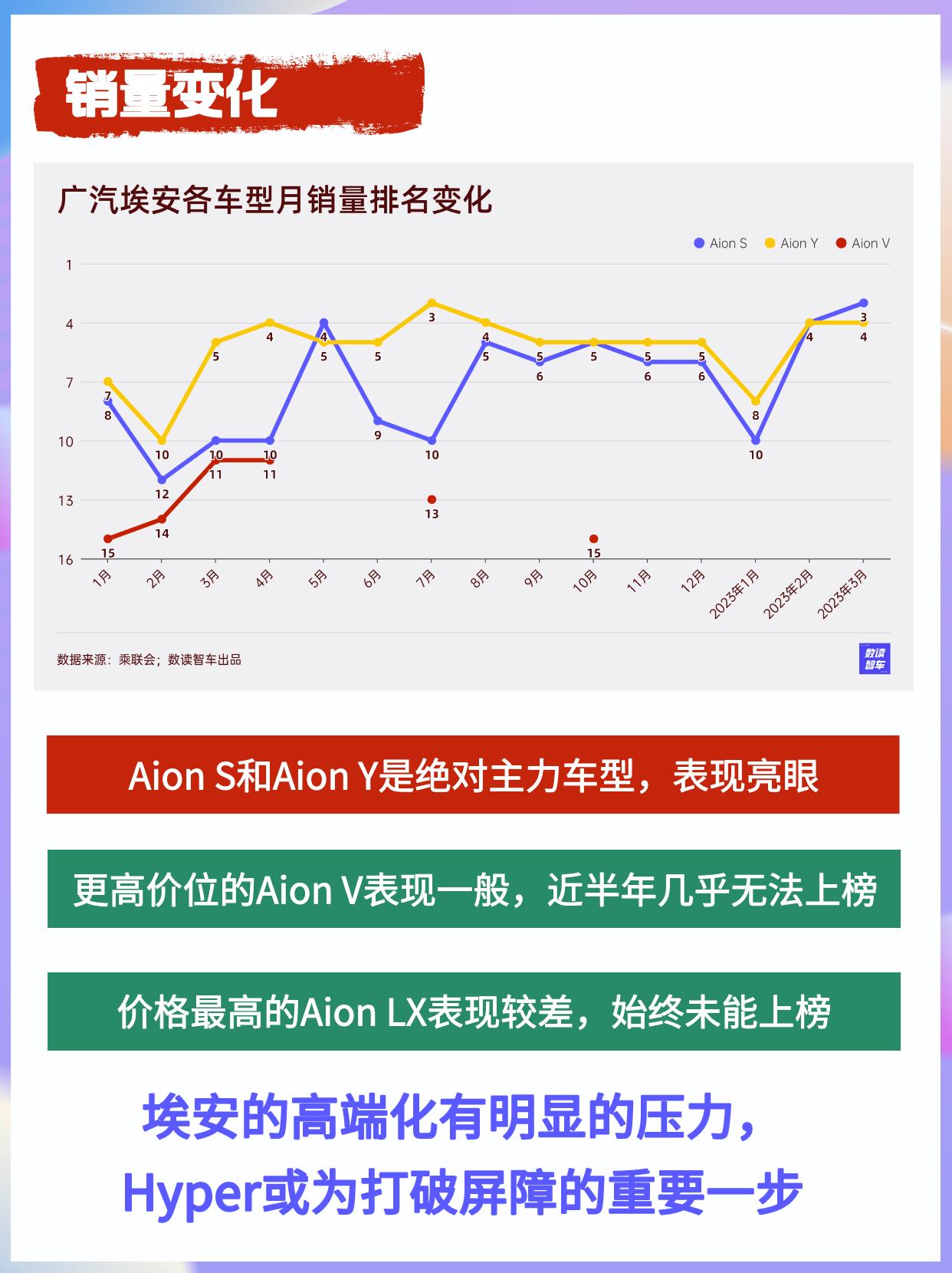Accelerate the construction of ubiquitous advanced information infrastructure system.
Cctv newsRecently, the State Council issued the "Thirteenth Five-Year National Informatization Plan", which is a guiding document for China’s informatization development in the next five years. It requires the construction of an ubiquitous advanced information infrastructure system, constantly promoting the evolution and upgrading of infrastructure, creating an integrated information infrastructure for land, sea, air and space, coordinating the construction of comprehensive infrastructure, and accelerating the network construction in rural and remote areas. Implementing the requirements of planning tasks and building a ubiquitous advanced information infrastructure system are the strong driving force for promoting China’s informatization development as a whole and the inevitable requirement for building a network power.
First, the construction of ubiquitous advanced information infrastructure system is a strong driving force to promote the development of informatization in China.
At present, China’s various and large-scale information infrastructures such as fiber-optic broadband network, mobile broadband network, radio and television network, industry-specific communication network, cloud computing data center, content distribution network, Internet of Things, terrestrial fiber-optic network, submarine fiber-optic network and satellite communication network are being built and formed. Build a ubiquitous advanced information infrastructure architecture with multi-network integration, multi-dimensional integration and comprehensive intelligence, and form a strong driving force to promote the development of informatization in China.
First, the construction of ubiquitous advanced information infrastructure system is the demand direction of informatization development. At present, China is in an important stage of modernization driven by informatization, and the information economy has become the direction of economic and social transformation and development, which urgently needs a new round of information technology leading forces to join. China’s information infrastructure technology development level is in a rapidly rising stage, and fixed broadband network fiber, mobile network broadband, and next generation Internet evolution are the development trends of infrastructure. During the "Thirteenth Five-Year Plan" period, the scale of ultra-wideband optical fiber access network with 10G PON technology was built, 400G wavelength division multiplexing system technology became the mainstream of backbone optical transmission network construction, 4G+ mobile broadband technology was widely used, China led the formation of 5G global unified technical standards, 5G trial and commercial networks began to take shape, and IPv6 technology was fully introduced into the Internet. With the evolution and upgrading of China’s advanced technology in information infrastructure, a converged broadband network infrastructure system with advanced technology, high speed, convenience, safety and reliability covering urban and rural areas has been basically built, making the use of information infrastructure more convenient and becoming an indispensable part of people’s daily work and life.
Second, the information infrastructure of multi-network integration promotes the development of informatization to be consistent. Different types of network infrastructure have their own advantages in promoting the development of information technology, but under the condition that the development of information technology tends to be consistent, it is possible to develop multi-network integration. In recent years, China has been promoting the development of triple play, especially in the 13th Five-Year Plan. With the accelerated implementation of broadband strategy, the construction of all-optical network has achieved initial results, and all-optical network counties, all-optical network cities and all-optical network provinces have emerged constantly. At present, China Unicom has completed 8 all-optical network provinces and 130 all-optical network cities nationwide, and China Telecom announced that it will achieve 100% coverage of all-optical networks this year. According to the statistics of the Ministry of Industry and Information Technology, as of October, the total number of FTTH/0 users with optical fiber access reached 215 million, accounting for 73% of the total broadband users, a net increase of 66.74 million over the end of last year. Fiber-optic broadband access network can provide ultra-high-definition 4K video services over 50-100M, and the total number of IPTV users has reached 78.73 million, with a net increase of 32.83 million from January to October. The process of two-way transformation of China’s radio and television network has been accelerated, and FTTH technology has been adopted. By the third quarter, the two-way network covered more than 145 million users and broadband users reached 23.288 million, of which FTTH users reached 5.637 million.China is promoting the construction of the next generation radio and television network, adopting the wired and wireless satellite convergence network construction mode to meet the needs of users for radio and television convergence media services at any time, at any place and at any terminal, and to promote the construction of an interconnected, cross-border interactive, intelligent, secure and credible media cloud.
Third, build an information infrastructure that integrates land, sea, air and space to promote the coordinated development of informatization. China’s informatization development field has been fully expanded to land, ocean, sky, space and other production, life and scientific research spaces, which requires the construction of an integrated information infrastructure with land, sea, air and space. On the land side, firstly, the optical fiber network and the mobile network are used as connecting media, so as to speed up the deep coverage of points, lines and areas such as cities, villages and towns, traffic roads, and key crowded areas, build an ultra-high-speed and large-capacity optical transmission technology to upgrade the backbone transmission network, realize the flexible choice of users’ optical fiber broadband and 4G mobile broadband access service capabilities of more than 100 megabytes, and continuously improve the high-speed transmission and access capabilities of information networks. The second is to promote the interconnection of information and communication facilities with neighboring countries, open up the land information Silk Road from Central Asia to West Asia and from South Asia to the Indian Ocean, encourage Internet enterprises and operating enterprises to build overseas business nodes and application infrastructure, and enhance network accessibility and business access. The third is to speed up the deployment of Internet of Things facilities, cloud computing centers, big data platforms, content distribution networks and other facilities, accelerate the evolution of network facilities with information transmission as the core to intelligent information infrastructure integrating perception, transmission, storage, calculation and processing, and realize the network moving with the cloud. In the ocean, we will strengthen the construction of submarine optical cables, expand the transmission channels of submarine optical cables between coastal cities and islands, actively promote the construction of submarine cables in America, Europe and Africa, and build a maritime information silk road that reaches the whole world. Accelerate the research and development and application of marine and underwater communication technologies,Provide broadband satellite communication, mobile communication, ship networking and other solutions, build a private network for offshore mobile clusters, promote the deployment of public broadband wireless networks at sea, enhance marine emergency communication capabilities, and promote the construction of smart oceans. In the sky, the first is to build an information network integrating heaven and earth, coordinate the construction and application of Beidou system, speed up the construction of Beidou navigation and positioning reference station network, coordinate the technical application in related fields of satellite mobile communication and broadband satellite communication system, form the standards and specifications of key technologies of China’s independent satellite communication system and broadband satellite communication system, and cultivate an industrial chain covering satellite manufacturing, launch, satellite ground equipment and satellite application and operation. Second, speed up the application of frontier technologies such as floating platform, low-orbit satellite mobile communication and space Internet, promote the development of information infrastructure in integration of defense and civilian technologies, enhance the information security of space network, and build a global space-based information network. In August this year, China successfully launched the world’s first quantum science experimental satellite, connecting the Beijing node of the quantum secure communication backbone network with it, and building the world’s first practical wide-area quantum communication network integrating heaven and earth.
Fourth, build comprehensive infrastructure to promote the in-depth development of information application. Accelerate the construction of public facilities and municipal infrastructure such as power grid, railway, highway and water network, and supporting information infrastructure such as characteristic towns and beautiful countryside. Realize synchronous planning, synchronous design and synchronous construction with other infrastructures, ensure the space, location, power and other resources for the construction and development of information infrastructure, endow infrastructure with networking wisdom function, and build intelligent comprehensive infrastructure. Accelerate the supporting construction of information infrastructure for transmission and distribution networks, improve the ability of intelligent automation control, promote the construction of national smart grid and build a global energy Internet. Accelerate the construction of supporting information infrastructure along the transportation line, promote the opening of facilities, innovate the cooperation mode, implement joint construction and sharing, and build an intelligent transportation network. Guangdong Province will speed up the construction of town information infrastructure and promote the "internet plus" plan. In the next three years, 10 industrial "internet plus" towns and 50 applied "internet plus" towns will be created. In 2015, Zhejiang Province proposed to cultivate 100 characteristic towns with complete infrastructure in the next three years.
Second, China has become a network power, but it is not strong enough to support informatization as the leading force driving modernization.
After more than 30 years of telecommunications reform, China’s information infrastructure construction has developed rapidly, and the world’s largest fixed broadband network and mobile broadband network have been built, becoming a veritable network power. First, in terms of user scale, as of the end of October 2016, the total number of Internet broadband access users of the three basic telecommunications companies reached 294 million, of which the total number of FTTH/0 users with optical fiber access reached 215 million, accounting for 73%, ranking third after Japan and South Korea; The total number of mobile phone users reached 1.321 billion, of which the number of 4G users reached 714 million, surpassing the sum of the United States and Europe and surpassing one third of the world. Second, in terms of network capacity, by the first quarter of 2016, the construction of fiber-optic broadband networks will be accelerated, urban households will basically achieve full coverage of 100 Mbit/s optical fibers, and fixed broadband networks will extend to all townships and 95% administrative villages in the country; The 4G network covers cities and major towns all over the country. Some key cities have deployed 4G+ technology on a large scale, and the pace of commercialization in carrier aggregation and VoLTE has been accelerated in an all-round way. The backbone network architecture has been further optimized, and the network grooming ability and user experience have been greatly improved. Third, in terms of actual network speed, as of the third quarter of 2016, the average download rate of fixed broadband reached 11.03 Mbit/s, and the average download rate of 4G network reached 11.83 Mbit/s, forming a situation in which fixed and mobile broadband rates developed side by side.
However, there is still a certain gap with the goal of supporting informatization as the leading force to drive modernization, and the development of information infrastructure still faces many challenges. Mainly manifested in: First, the global ranking of penetration rate is not high. According to the data of broadband access in countries around the world released by the Broadband Commission of the United Nations, in 2015, China’s broadband development was in the top third of the world, lagging behind the four countries of the United States, Britain, Japan and South Korea. Among them, the fixed broadband penetration rate is 18.56%, ranking 57 th in the world; The mobile broadband penetration rate is 56.0%, ranking 69th in the world. The penetration rate of Internet households is 54.17%, and the proportion of netizens is 50.30%, ranking 35th and 46th respectively in developing countries. Second, the actual speed measurement value of broadband in China by foreign institutions is not high. According to Akamai’s report on the Internet in the second quarter of 2016, the global average network speed was 6.1Mbps, up 14% year-on-year. Among them, South Korea’s average network speed is 27Mbps, which continues to rank first in the world. China’s average network speed is 5.2Mbps, a year-on-year increase of 52%, and the global ranking has risen from 100 in the previous quarter to 86th. The report of the speed measuring agency shows that China’s average network speed ranks low in the international rankings, which reflects that China’s international Internet exports are not high, and the per capita international export bandwidth ranks low in the world. Third, the ubiquitous advanced information infrastructure system has not yet been established, the development of multi-network integration is still being promoted, and the information infrastructure pattern of land, sea and air integration has not yet been formed.The consciousness of building comprehensive infrastructure as a whole is not strong enough. Third, rural information infrastructure is still a weak link in development, the proportion of optical fiber to administrative villages is low, the coverage of 4G networks in rural areas is not good, and the digital divide still exists.
Third, speed up the network construction in rural and remote areas and improve the universal service level of telecommunications.
After more than ten years of national "village-to-village project", the leap-forward development of rural information and communication infrastructure in China has been realized, and a good situation of "telephone service in every village and broadband service in every township" has been achieved. Due to the characteristics of high cost, complex maintenance and poor income of network construction in rural and remote areas, network development has been lagging behind urban areas, which can not well support the development of rural agricultural informatization. By the end of 2015, there are still about 50,000 administrative villages without broadband access, and about 150,000 administrative villages with broadband access need to upgrade their broadband technology. Speeding up the network construction in rural and remote areas and constantly improving the universal service level of telecommunications are of great strategic significance to promoting the overall development level of informatization in China and building a network power.
First, recognize the gap between urban and rural information infrastructure development. As of the second quarter of 2016, the average penetration rate of fixed broadband households in China was 56.5%, of which the penetration rate of fixed broadband households in urban areas reached 79%, while that in rural areas was only 29%, with a difference of 50 percentage points between urban and rural areas. As of May 2016, the coverage rate of administrative villages with 4G network was only 65%. As of December 2015, the number of rural netizens in China reached 195 million, and the number of urban netizens was 493 million. Rural netizens accounted for only 28.4% of the total netizens, while the urban population accounted for 56.10%.
Second, see clearly the situation faced by rural network construction and development. Under the situation of implementing the strategy of strengthening the country by network, only by comprehensively improving the network capacity in rural and remote areas can we achieve the real strategic goal. China is in a critical period of the simultaneous development of new industrialization, informatization, urbanization and agricultural modernization. Taking informatization as the commanding height of agricultural modernization, only by building perfect information infrastructure in rural and remote areas can we effectively support the development of rural agricultural informatization. During the "Thirteenth Five-Year Plan" period, it is necessary to vigorously implement the network poverty alleviation action to ensure accurate and effective poverty alleviation.
Third, promote network construction in rural and remote areas by classification. The administrative villages with no broadband access or broadband access capacity less than 12 Mbit/s will be covered with optical fiber, and 98% of the administrative villages will be connected with optical fiber. More than 50% of rural household users will have access bandwidth above 50Mbps, and access services above 100Mbps will be provided in better areas of the network. Implement 4G network deep coverage for administrative villages with concentrated population. For remote areas, forest and pastoral areas, islands and poverty-stricken areas, flexible networking such as low-frequency mobile cellular, satellite communication and multiple optical fiber combination access technologies will be adopted to promote broadband network coverage of more than 90% of poverty-stricken villages.
Fourth, combine rural network construction with rural agricultural informatization. According to the development idea of combining network construction with business application, we will promote rural agricultural informatization as a whole and apply it to the whole process of agricultural production, agricultural product management, agricultural management and rural service. Popularize the informatization construction of rural grass-roots government affairs, promote the construction of broadband campuses and online classrooms in rural primary and secondary schools, promote the application of medical informatization and telemedicine in rural clinics, promote the development of rural e-commerce, and promote the adaptive development of informatization application level and rural network capacity.
Fifth, improve the universal service level of telecommunications. We will carry out in-depth pilot work on universal telecommunications service, strengthen the guidance of central financial funds, drive local governments to strengthen overall planning and policy support, promote enterprises to assume the responsibility of market players, and jointly promote the development of network construction in rural and remote areas. Adhere to market-oriented operation, encourage private capital and radio and television enterprises to participate in competition fairly, and fully mobilize the enthusiasm of all kinds of enterprises to participate in universal telecommunications services. We will implement the national guidance on speeding up and reducing fees, encourage operators to formulate tariff packages that are in line with rural consumption levels and habits, give preferential communication tariffs to disadvantaged groups, and let 600 million farmers share the fruits of information network development to ensure that residents in rural and remote areas can use, afford and make good use of information services. (China Institute of Information and Communication, Mou Chunbo, Ge Zhenbin)

